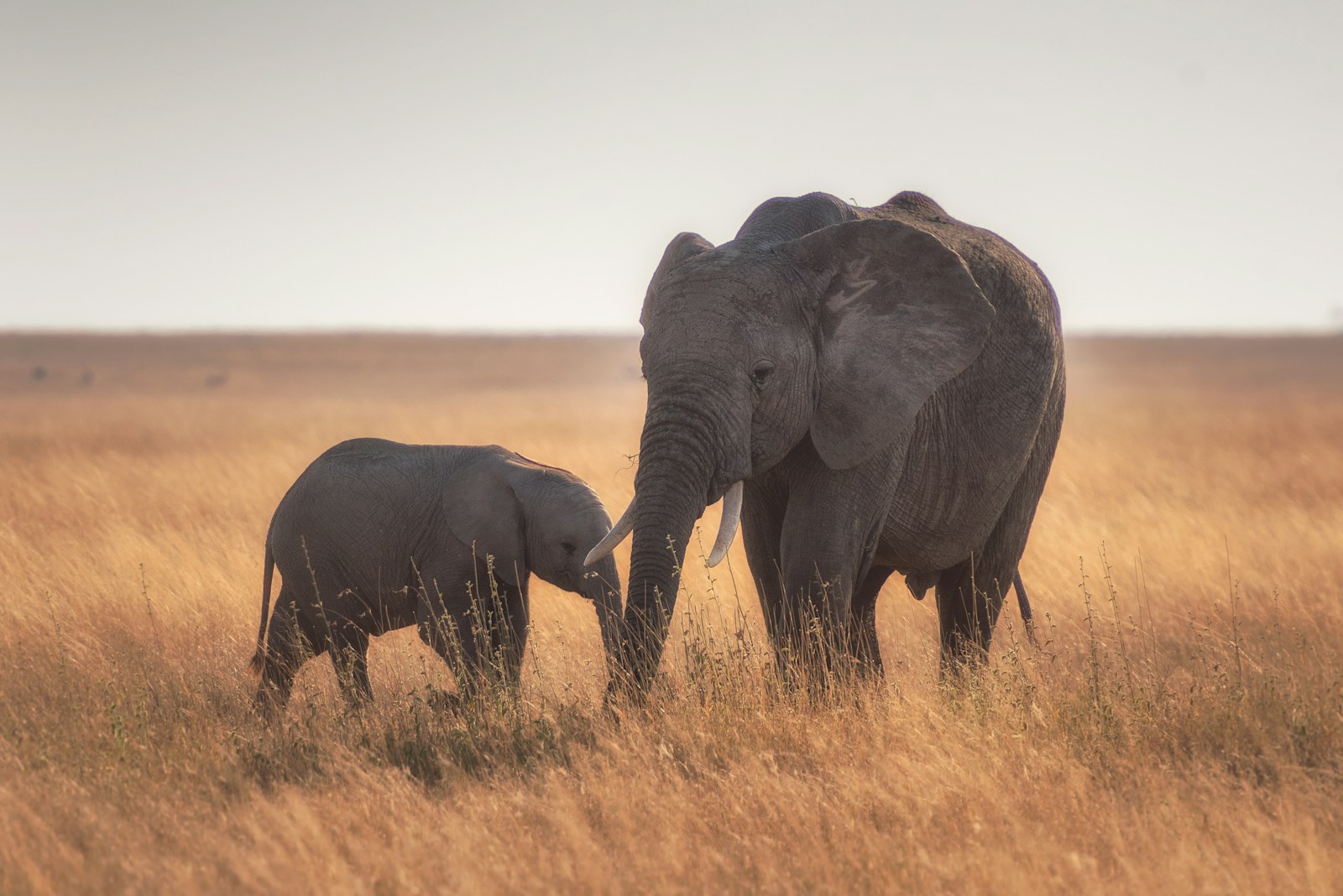Exploring the Wonders of Arusha National Park: Tanzania’s Hidden Gem
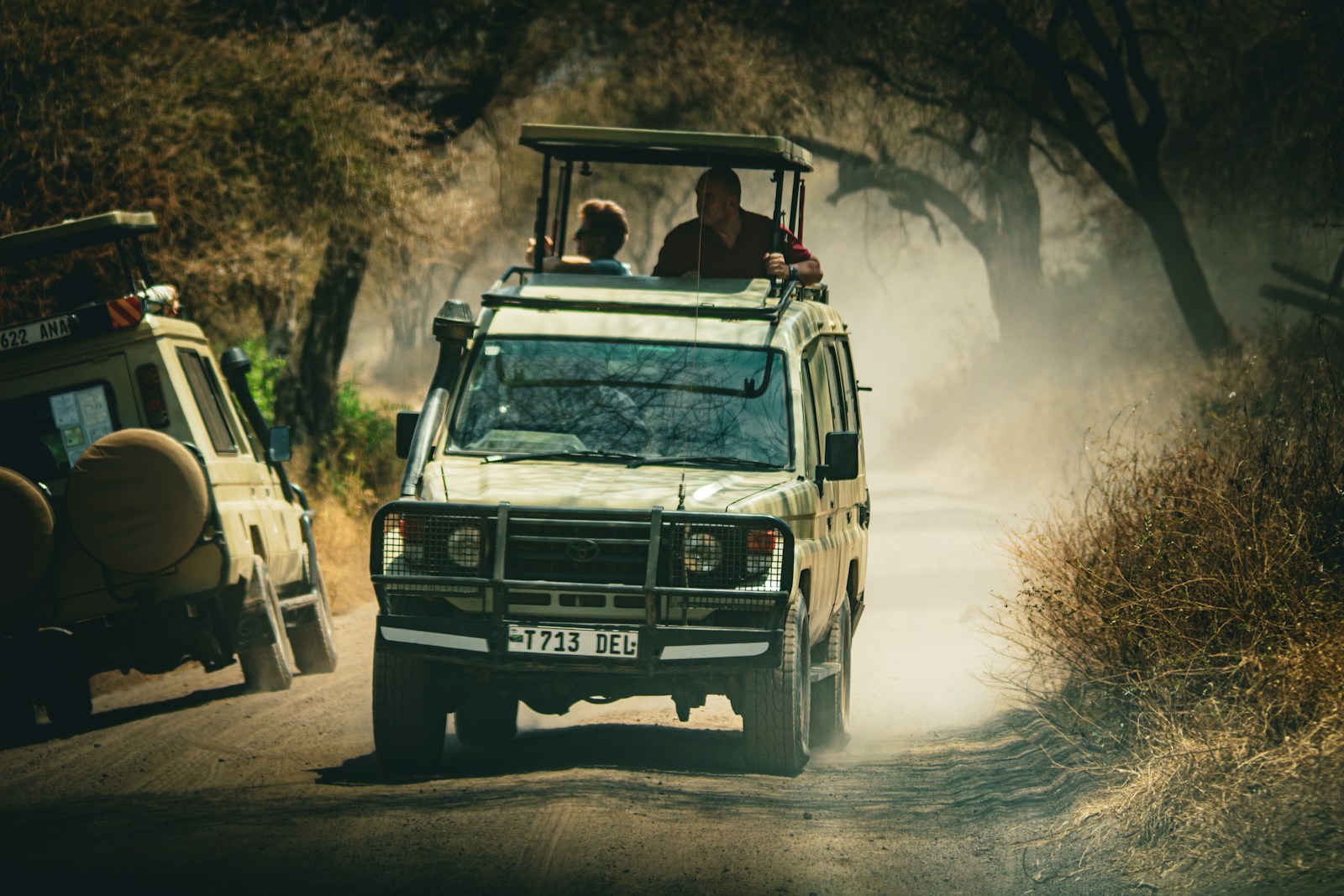
Exploring the Wonders of Arusha National Park: Tanzania’s Hidden Gem
Nestled in the shadow of Mount Meru, Tanzania’s second-highest peak, Arusha National Park is a treasure trove of natural beauty and diverse wildlife. Despite being one of Tanzania’s smaller parks, it offers a wide array of experiences that make it a must-visit destination for nature lovers and adventure seekers alike. In this blog, we will delve into the unique features, flora and fauna, activities, and practical tips for visiting this captivating national park.
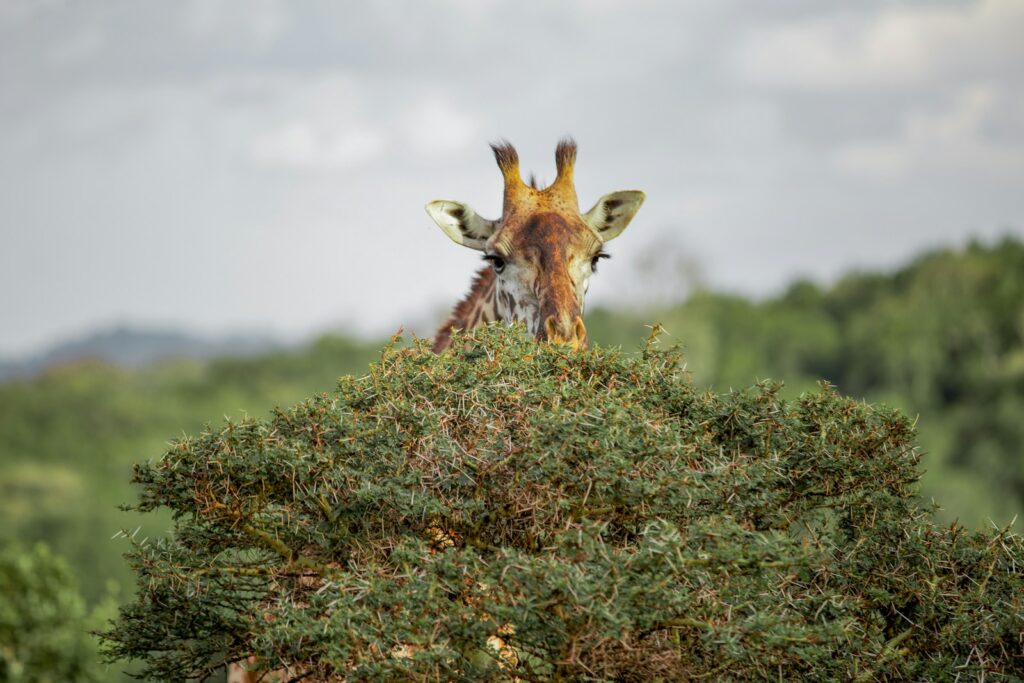
Introduction to Arusha National Park
Arusha National Park is located in the northeastern part of Tanzania, just a short drive from the town of Arusha, which serves as a gateway to some of the country’s most famous national parks, including the Serengeti and Ngorongoro Crater. Covering an area of approximately 552 square kilometers, the park is known for its varied landscapes, which include lush montane forests, expansive savannahs, and the stunning Momella Lakes.
A Brief History
The park was established in 1960 and was originally named Ngurdoto Crater National Park after its most prominent feature, the Ngurdoto Crater. However, it was later renamed to reflect its proximity to the town of Arusha. Over the years, the park has become a sanctuary for a wide range of wildlife and a popular destination for tourists looking to experience Tanzania’s natural beauty without venturing too far from urban comforts.
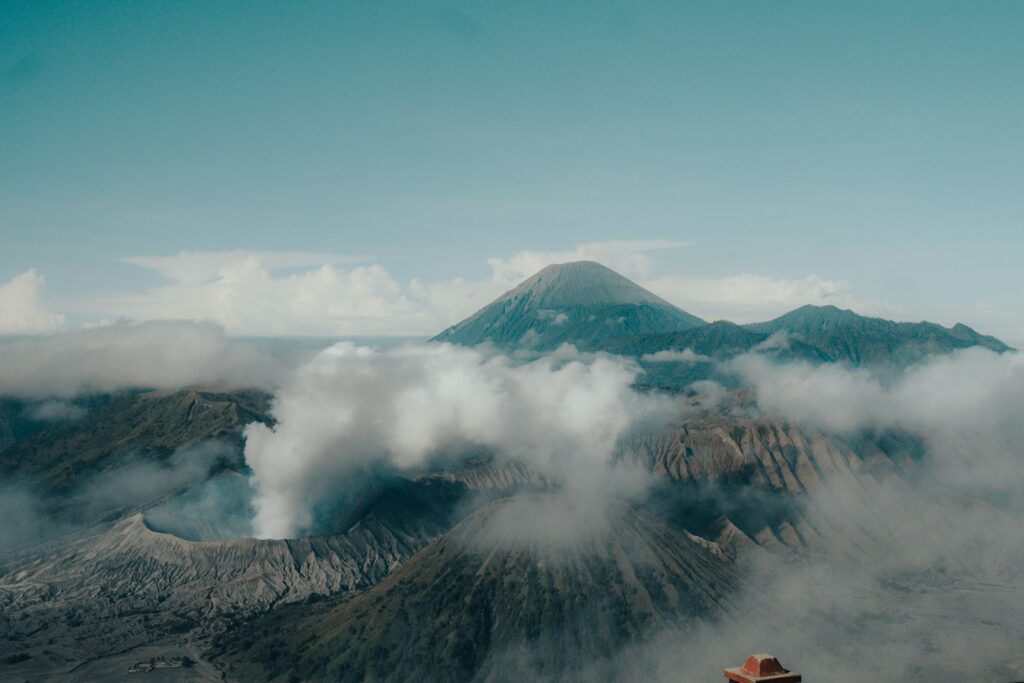
Mount Meru
At the heart of the park lies Mount Meru, an active stratovolcano that stands at 4,566 meters. It is the second-highest mountain in Tanzania, after Kilimanjaro, and offers challenging but rewarding trekking opportunities. The trek to the summit of Mount Meru is a popular activity, providing stunning views of the park and beyond. Along the way, trekkers can encounter various wildlife and enjoy the lush forest that covers the lower slopes.
Ngurdoto Crater
The Ngurdoto Crater, often referred to as the “Little Ngorongoro,” is a volcanic crater approximately 3 kilometers in diameter. The crater floor is a swampy area that attracts a variety of animals, including buffaloes, warthogs, and a range of bird species. Visitors can enjoy panoramic views of the crater from several viewpoints along the rim.
Momella Lakes
The Momella Lakes, a series of seven shallow alkaline lakes, are another highlight of Arusha National Park. These lakes are home to a variety of waterfowl, including flamingos, pelicans, and herons. The changing colors of the lakes, due to the varying mineral content, add to the scenic beauty of the area. Canoeing on the Momella Lakes is a popular activity, offering a unique perspective of the park’s wildlife and landscapes.
Montane Forest
The montane forest of Arusha National Park is a lush and verdant area that provides a habitat for a variety of animals and plants. The forest is home to black-and-white colobus monkeys, blue monkeys, and a myriad of bird species. The dense foliage and towering trees create a serene and magical atmosphere, making it a perfect spot for nature walks and birdwatching.
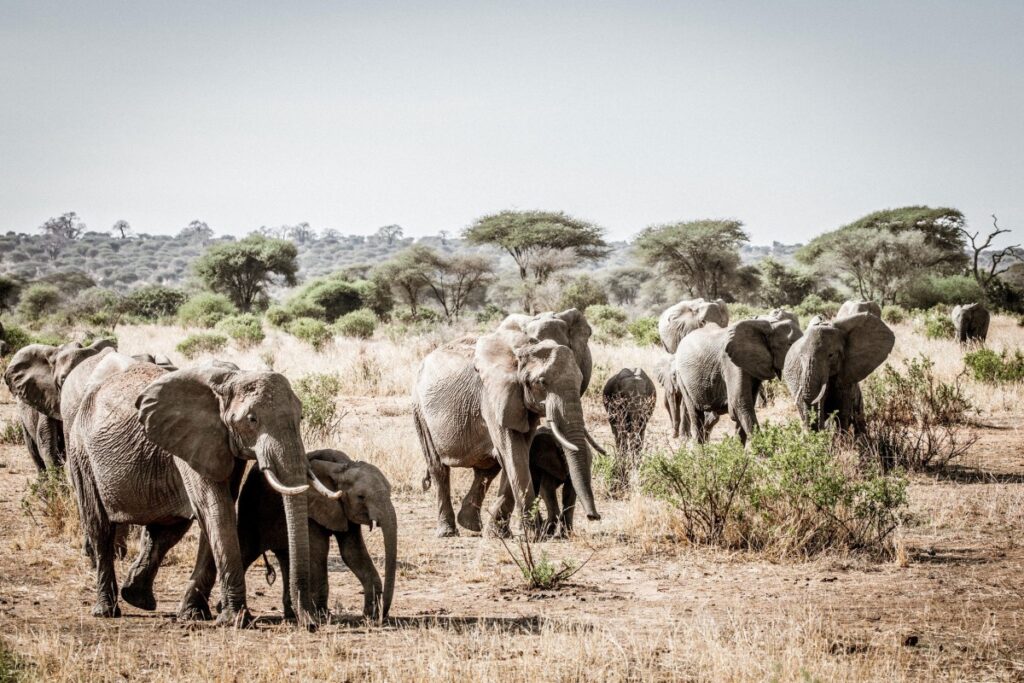
Wildlife of Arusha National Park
Despite its relatively small size, Arusha National Park boasts an impressive array of wildlife. The park’s diverse habitats support a variety of animal species, making it a great destination for wildlife enthusiasts.
Mammals
Visitors to Arusha National Park can expect to see a range of mammals, including giraffes, zebras, buffaloes, and warthogs. The park is also home to several primate species, such as the black-and-white colobus monkey and the blue monkey. Although large predators like lions and leopards are rarely seen, the park’s varied landscapes provide ample opportunities to spot other animals.
Birdlife
Arusha National Park is a birdwatcher’s paradise, with over 400 species recorded. The diverse habitats, from montane forests to open savannahs and lakes, attract a wide range of bird species. Notable birds include the greater flamingo, African fish eagle, and the silvery-cheeked hornbill. The park’s birdlife is particularly vibrant around the Momella Lakes, where waterfowl congregate in large numbers.
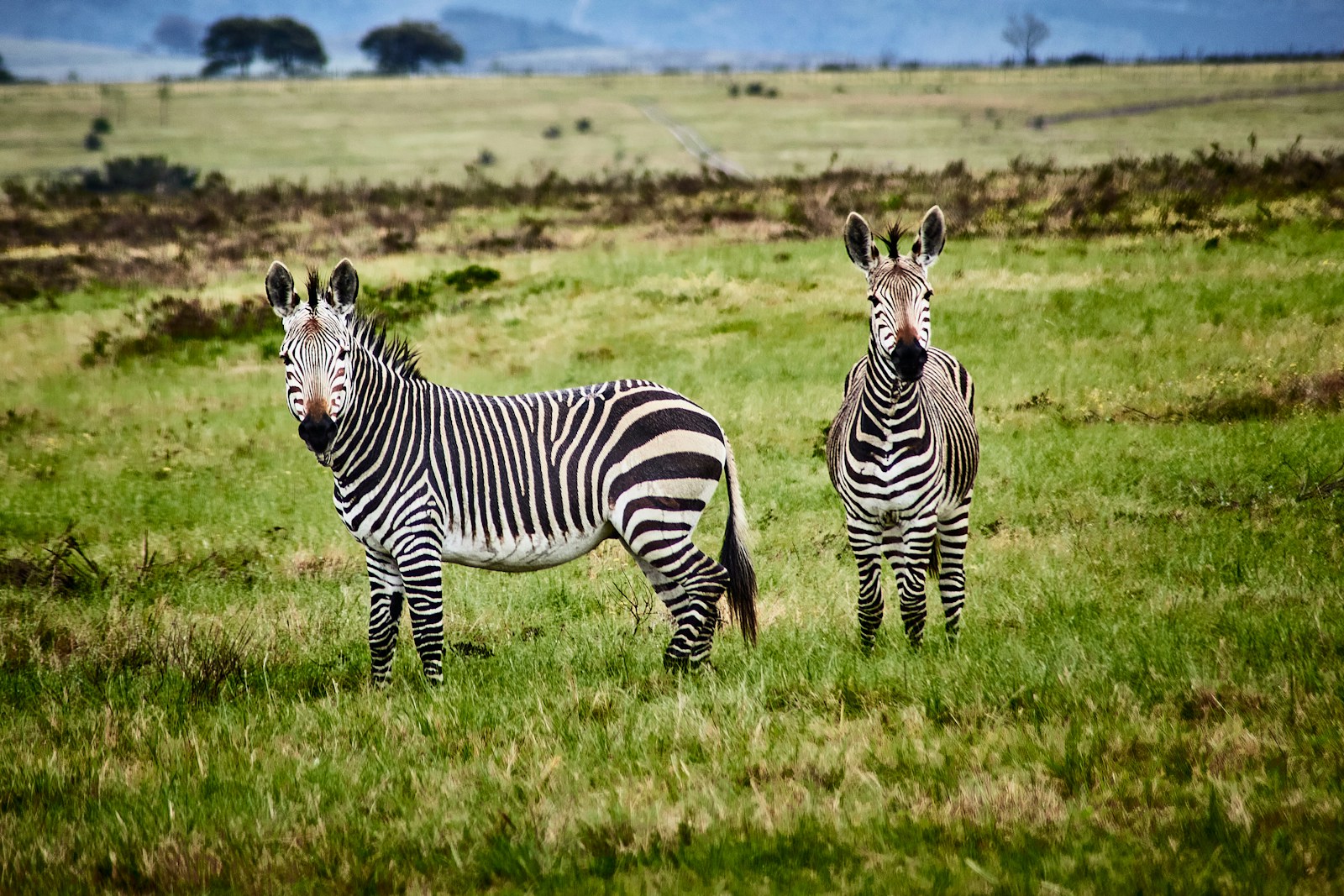
Activities in Arusha National Park
Arusha National Park offers a variety of activities that cater to different interests and fitness levels. Whether you are looking for a leisurely nature walk or an adventurous trek, the park has something to offer.
Game Drives
Game drives are a popular way to explore Arusha National Park and see its wildlife. The park has well-maintained roads that provide access to different areas, including the Ngurdoto Crater, Momella Lakes, and the plains of Serengeti Ndogo. Game drives can be done in the morning or afternoon, with each time offering different wildlife viewing opportunities.
Canoeing
Canoeing on the Momella Lakes is a unique activity that allows visitors to experience the park from a different perspective. Paddling through the tranquil waters, you can get close to waterfowl and other animals that come to the lakes to drink. Canoeing tours are guided by experienced rangers who ensure safety and provide interesting information about the wildlife and ecology of the lakes.
Nature Walks
Guided nature walks are a fantastic way to explore the montane forests and lower slopes of Mount Meru. These walks offer an intimate experience of the park’s flora and fauna, with opportunities to see primates, birds, and other wildlife up close. The park’s knowledgeable guides provide insights into the various plants and animals, making the walks both educational and enjoyable.
Mount Meru Trekking
For those seeking adventure, trekking to the summit of Mount Meru is a challenging but rewarding experience. The trek typically takes three to four days and offers spectacular views of the park and Mount Kilimanjaro. Along the way, trekkers pass through different vegetation zones, from lush forests to alpine deserts, and encounter various wildlife.
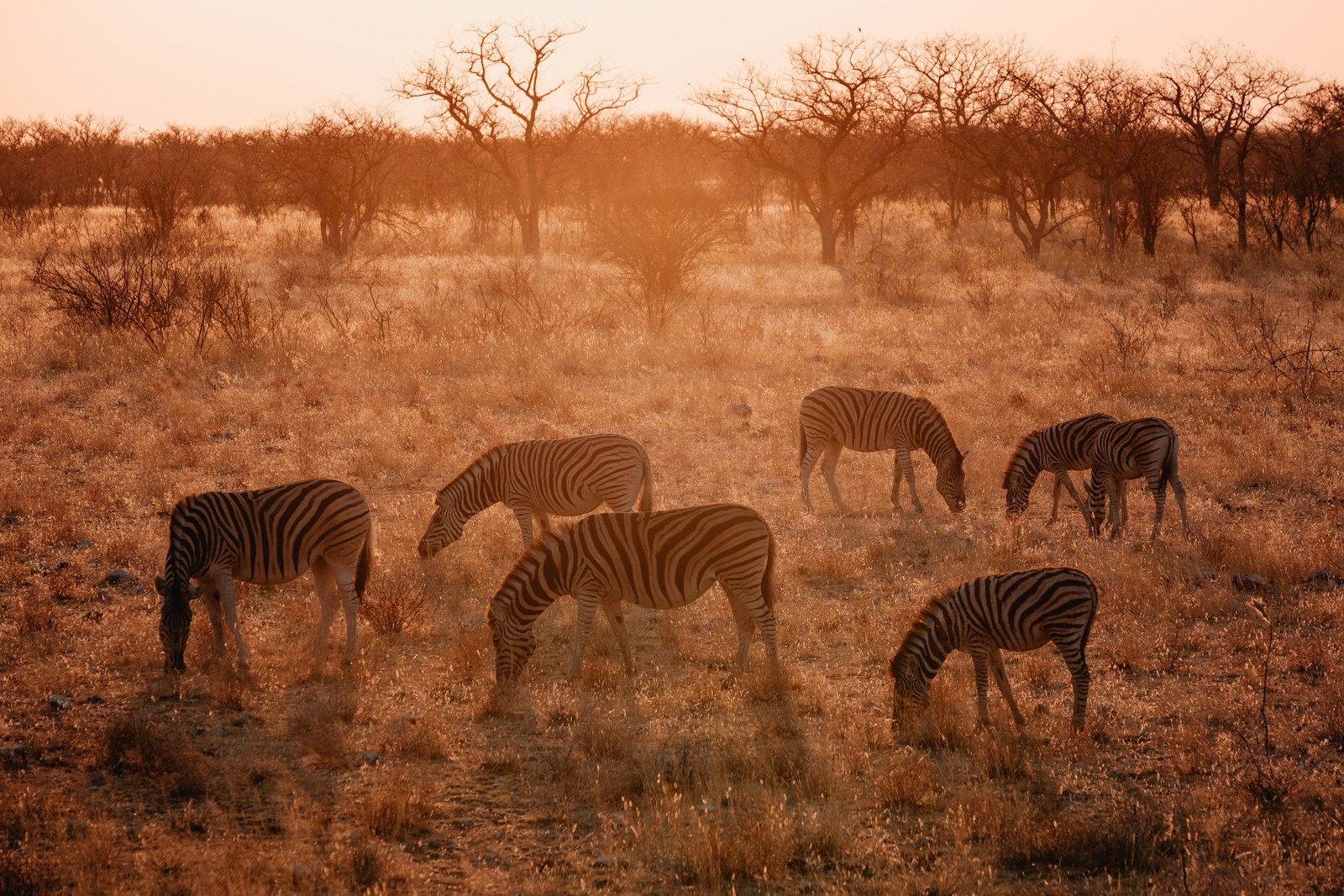
Practical Tips for Visiting Arusha National Park
To make the most of your visit to Arusha National Park, here are some practical tips to keep in mind:
Best Time to Visit
Arusha National Park can be visited year-round, but the best time for wildlife viewing is during the dry season, from June to October. During this period, the vegetation is less dense, making it easier to spot animals. The wet season, from November to May, is also a good time to visit, especially for birdwatchers, as migratory birds are present.
Getting There
The park is conveniently located just 25 kilometers from Arusha town, making it easily accessible by road. Most visitors arrive by private vehicle or as part of a guided tour. The park is also close to Kilimanjaro International Airport, which is about an hour’s drive away.
Accommodation
There are several accommodation options near Arusha National Park, ranging from luxury lodges to budget-friendly campsites. Some popular choices include Arusha Safari Lodge, Momella Wildlife Lodge, and Meru View Lodge. Staying in Arusha town is also an option, with a variety of hotels and guesthouses available.
Park Fees and Regulations
Visitors to Arusha National Park are required to pay an entrance fee, which varies for residents and non-residents. It’s important to follow the park’s regulations, such as not feeding the animals and staying on designated roads and trails. Hiring a knowledgeable guide is recommended, as they can enhance your experience with their expertise and ensure your safety.
Conclusion
Arusha National Park may be one of Tanzania’s smaller parks, but it offers a wealth of natural beauty and diverse wildlife that rivals its more famous counterparts. From the towering heights of Mount Meru to the serene waters of the Momella Lakes, the park’s varied landscapes provide a stunning backdrop for a wide range of activities. Whether you’re a seasoned adventurer or a casual nature lover, Arusha National Park has something to offer. So pack your bags, lace up your hiking boots, and get ready to explore this hidden gem in the heart of Tanzania.
Recent Posts
Exploring Zanzibar Island: A Journey Through Culture, History, and Paradise
Conquering Mount Kilimanjaro: A Journey to the Roof of Africa
Exploring the Wonders of Arusha National Park: Tanzania’s Hidden Gem
